-
Unlocking the Potential of Iron Nanoparticles: A Breakthrough in Quantitative Speciation Analysis

A sponsor focused on the development of a groundbreaking iron nanoparticle – a colloidal iron oxide particle stabilized by sucrose for gastrointestinal cancers sought collaboration with Sannova Analytical for a unique approach and solution. Check out the video to know how Sannova Developed and Validated a bioanalytical method with dedication. The unique nature of the […]
-
Navigating Cell and Gene Therapy Protein Analysis: A Case Study in Precision and Adaptability
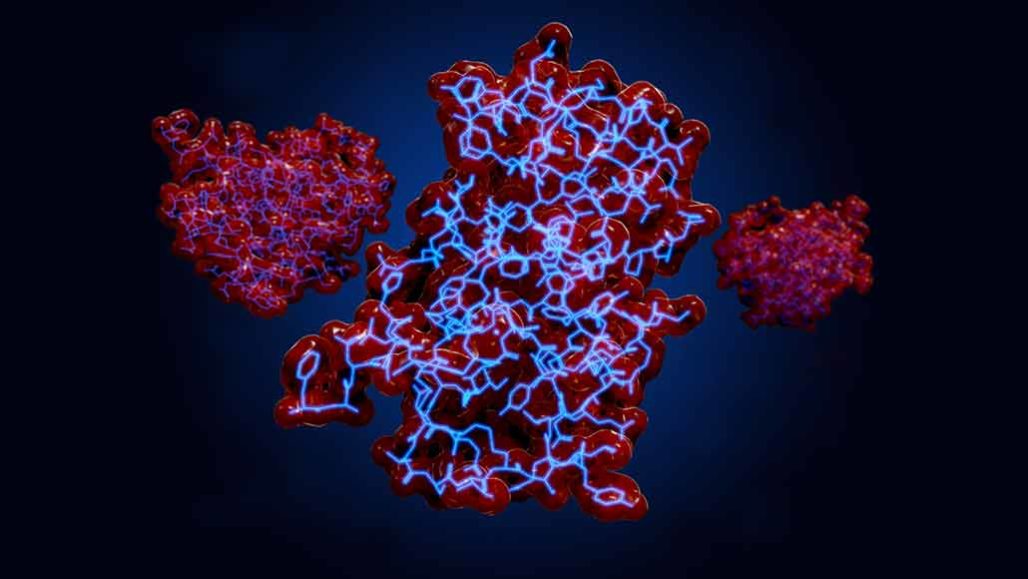
At Sannova, we understand that navigating the complexities of protein analysis and therapeutic development requires adaptability and innovation. Let us share a recent collaboration where a sponsor’s gene therapeutic induces the generation of a protein with close homology with an endogenous protein. Sponsor’s prior CRO used a bottom-up approach -a process which is digesting the […]
-
Enhancing Regulatory Compliance with E&L Analysis of Extensive Packaging Components

The sponsor, a pharmaceutical solutions provider, embarked on the introduction of a groundbreaking oral solution product comprising two crucial components. T he sponsor decided to conduct an extensive extractable and leachable study on the packaging components to get ahead of increasing scrutiny by the FDA on E&L testing. Therefore, this study included PET and bottles […]
-
A Comprehensive Extractables & Leachables Study for the Fentanyl Transdermal System
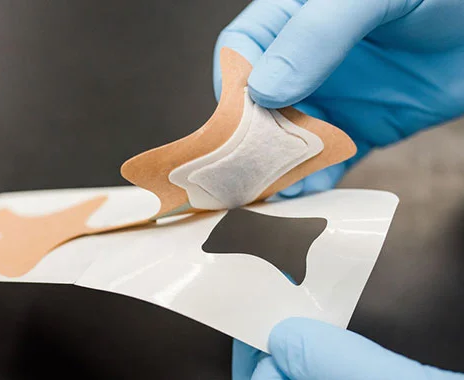
Our client, a leading pharmaceutical company, sought a comprehensive assessment of the Extractables and Leachables (E&L) profile associated with their Fentanyl Transdermal System packaging. With a commitment to ensuring product safety and compliance, they aimed to understand the potential impact of packaging components on the drug product. Challenge: The Fentanyl Transdermal System comprises multiple packaging […]
-
Peptide Bioanalysis: Mitigating Matrix Interference in Preclinical and Clinical Trials

A 2019 review article in the Journal of Pharmaceutical Analysis points out that protocols for peptide bioanalysis must not only be specific, multiplexing, and high-throughput, they must also minimize undesirable matrix interference effects (Pinho et al.). In fact, the authors describe the process of developing and optimizing techniques that overcome matrix interference effects as “burdensome” […]
-
Benefits of High-Resolution Mass Spectrometry (HRMS) for Peptide Quantitation
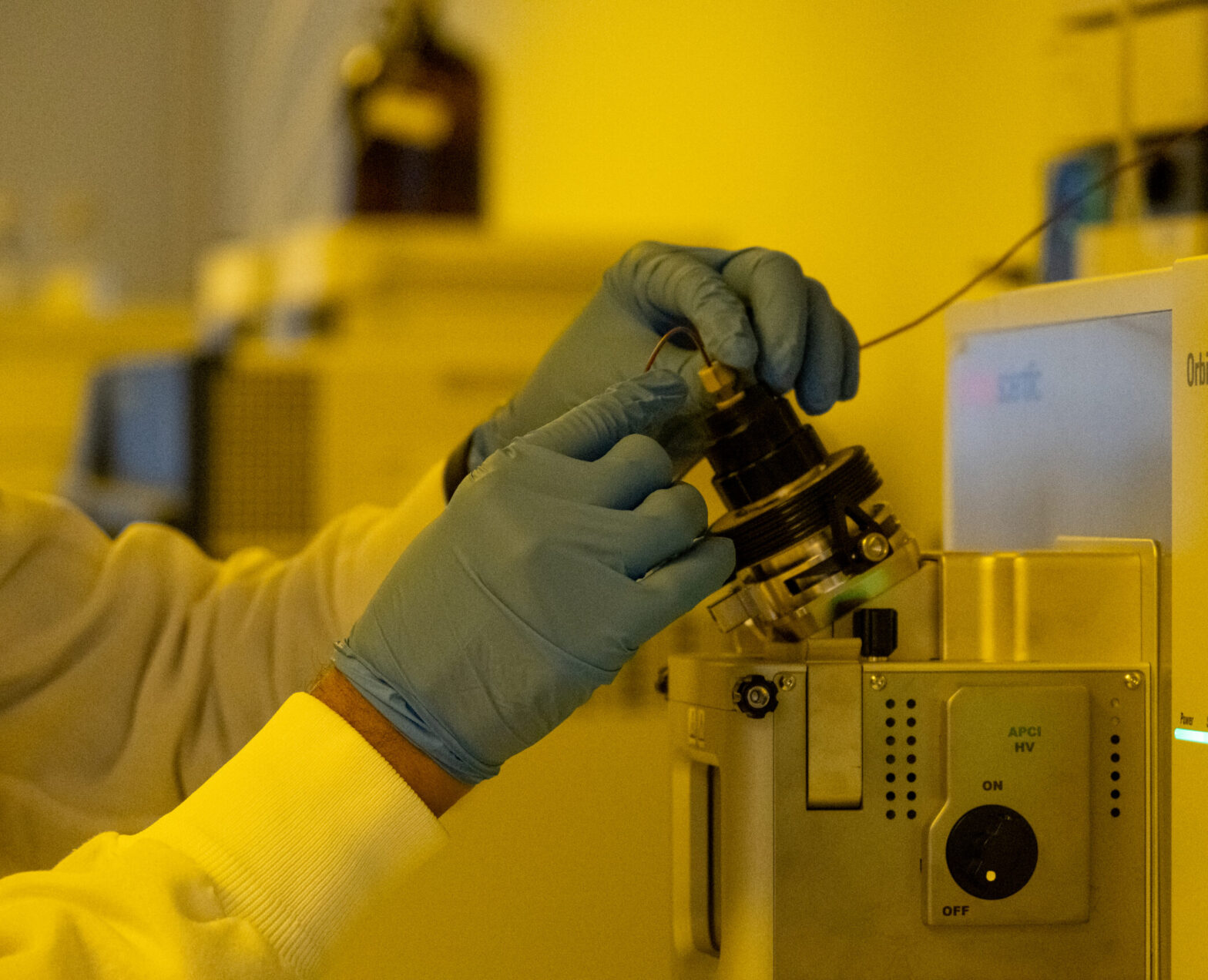
A recent study from Janssen (2019) tells us that bioanalysts are switching from triple quadrupole mass spectrometry (MS) to high-resolution mass spectrometry (HRMS). While the triple quad MS, prized for its extraordinary1 sensitivity, has long been the standard analytical instrument of the pharmaceutical industry (as noted in Vereyken, et al., 2019), modern HRMS tools are […]
-
Developing Immunogenicity Assays to Help Sponsors Bring Forward Biosimilars
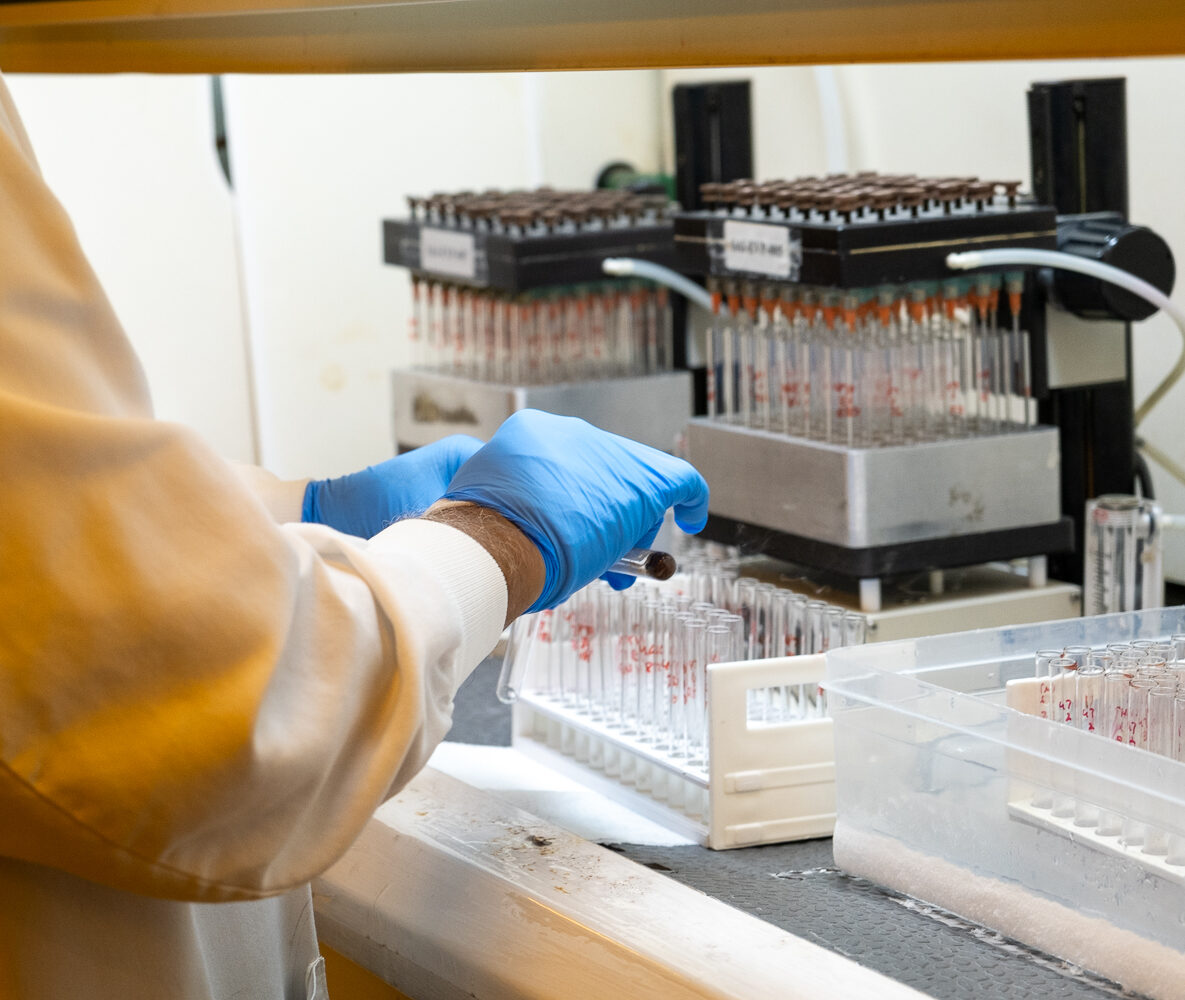
To date, the Food and Drug Administration (FDA) has approved about twenty-nine biosimilars1, and the European Medicines Agency (EMA) has approved seventy-seven2 biosimilars3. Given the increased awareness and significance of biosimilars, the FDA is expected to vet and approve even more in coming years. In fact, the latest Executive Order on Promoting Competition in the […]
-
Importance of Container Closure Systems for Parenteral Drug Products

Regulatory agencies such as the Food and Drug Administration (FDA) and European Medicines Agency (EMA) are dedicated to ensuring the safety and efficacy of drug products delivered to patients. This has led to the development of regulatory guidelines for the use of container closure systems (CCS) for parenteral drug products[1]. Parenteral drug products are packaged […]
-
Analysis of Lipids via Mass Spectrometry
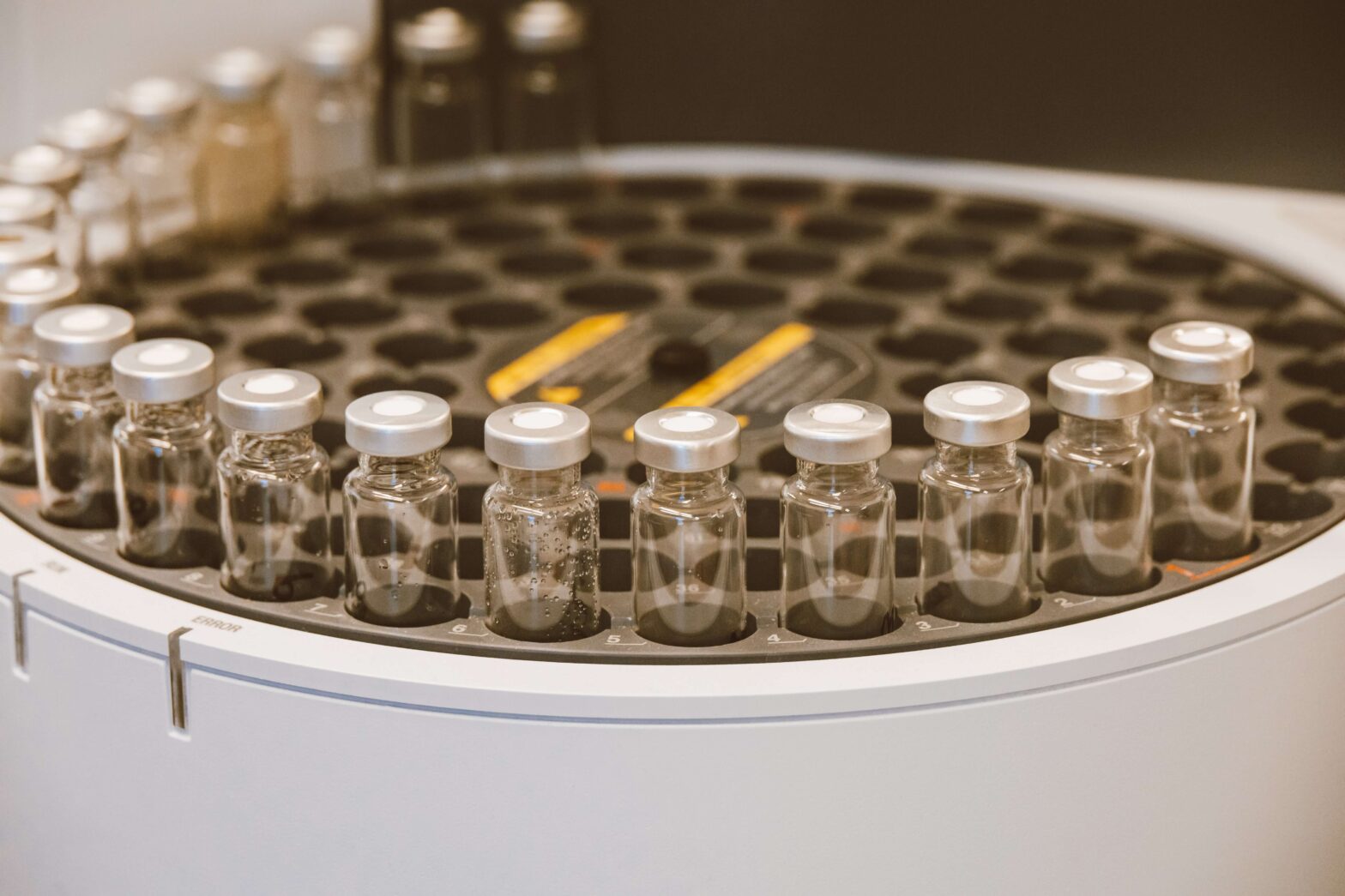
The objective of this paper is to provide an understanding of the current challenges in lipid analysis and how mass spec is rapidly evolving to address current shortcomings Objectives Understand lipids and their role as biomarkers Understand the importance of lipid analysis and […]